Whale Research
The Around the Americas Expedition is dedicated to studying and conserving whales along the coastlines of North and South America, with a particular focus on British Columbia’s waters. Partnering closely with the North Coast Cetacean Society, BC Whales, our mission is to conduct groundbreaking research that informs effective whale conservation strategies. Using advanced photo-identification techniques, we aim to deepen our understanding of whales’ habitats and social behaviors, ensuring their survival and promoting the health of marine ecosystems.
Importance for Research
Whales are more than magnificent creatures; they are keystone species essential to the health of marine ecosystems. By feeding at depth and excreting near the surface, whales stimulate plankton growth, which supports phytoplankton that absorb carbon dioxide through photosynthesis. This drives nutrient cycling, enhances biodiversity, and aids in carbon sequestration, showcasing their role in reducing atmospheric CO₂. Known as the “whale pump,” this process benefits the entire food web.
Despite their ecological importance, whales face numerous threats. Historic overexploitation during the whaling era devastated populations, and today’s challenges include ship strikes, fishing gear entanglement, underwater noise pollution, and climate change. Effective conservation requires understanding these pressures and their impacts, making whale research a cornerstone of marine protection efforts.
Killer Whales
Killer whales (Orcinus orca) are among the most intelligent and socially complex marine mammals. British Columbia’s waters host three distinct orca ecotypes: Northern Residents, Bigg’s (Transients), and Offshores. Each group has unique dietary preferences, behaviors, and social structures:
- Northern Resident Orcas: These fish-eating orcas, with a preference for chinook salmon, maintain tight family bonds and communicate using complex vocal dialects. Their survival is closely tied to healthy salmon populations.
- Bigg’s Orcas: These marine mammal predators exhibit remarkable hunting strategies, preying on seals, porpoises, and other marine mammals. Their adaptability highlights their role as top predators in the ecosystem.
- Offshore Orcas: The least understood group, Offshore Orcas, inhabit deeper waters and primarily feed on sharks and bottom-dwelling fish, demonstrating their unique ecological niche.
Their distinctive dorsal fins, saddle bags, and eye patch markings help track their populations and assess ecological impacts. Understanding each ecotype’s distinct needs and threats is vital for developing tailored conservation measures.
Humpback and Fin Whales
Humpback and fin whales are essential indicators of ocean health and resilience:
- Humpback Whales: Known for their acrobatic breaches and intricate songs, humpbacks play a key role in nutrient redistribution during their extensive migrations between feeding and breeding grounds. Their unique fluke patterns allow researchers to identify individuals and study their movements.
- Fin Whales: As the second-largest animals on Earth, fin whales influence prey populations and nutrient dynamics through their size and feeding behaviors. Their distinctive dorsal fin markings help track their populations and assess ecological impacts.
Studying these species provides critical insights into the health of marine ecosystems and the threats posed by human activities.
Methodology
Our expedition aims to bridge knowledge gaps in whale health, behavior, and habitat use by combining cutting-edge technology with established scientific practices. Key research methods include photo identification, where high-resolution DSLR cameras are used to capture detailed images of dorsal fins and flukes to identify individual whales, document site fidelity, and study social structures. Scar analysis involves examining scars to assess the prevalence of ship strikes and fishing gear entanglements, providing insight into human-induced threats. Behavioral observations focus on precisely documenting whale locations, group compositions, feeding behaviors, and prey types to identify critical habitats and inform conservation measures. These efforts are crucial for understanding whale behaviors and movements, which are vital in establishing marine protected areas, implementing vessel slow-down zones, and developing other targeted conservation strategies.
Conservation Through Public Engagement
The findings from this expedition will directly contribute to conservation policies and public awareness campaigns. By identifying critical habitats and documenting threats, we advocate for protective measures such as marine protected areas and regulations to mitigate ship strikes and entanglements.
Sharing our research with organizations and the public enhances understanding of whale ecology and underscores the urgency of addressing the challenges they face. Public engagement is integral to our mission, as education fosters a collective commitment to marine conservation.
